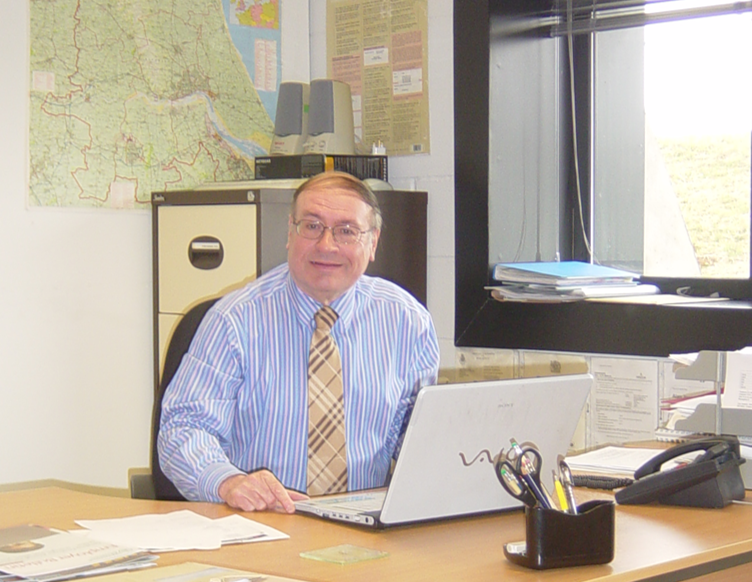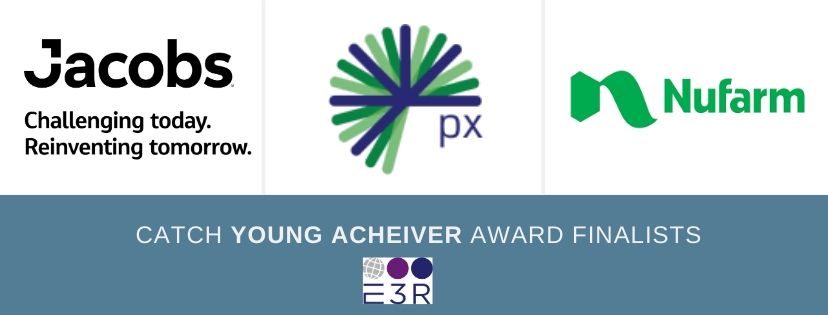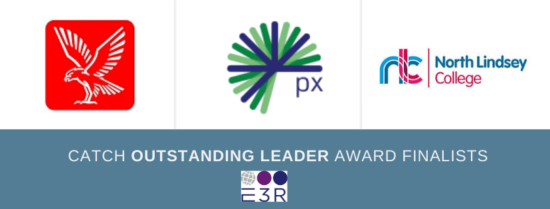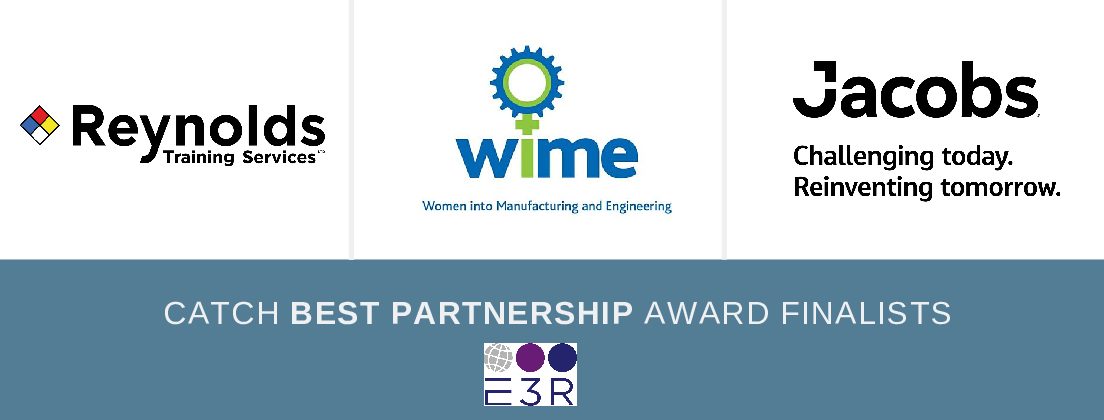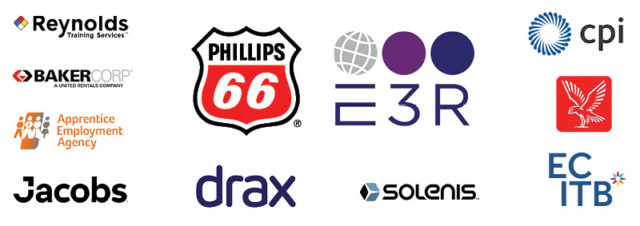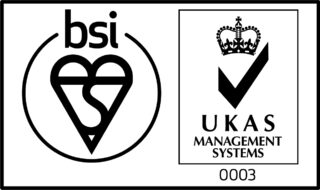HUMBER ENVIRONMENTAL MANAGERS’ NETWORK
We had a chat with the chair of our Humber Environmental Managers Network Chair Tony Edwards:
Please tell us a little about yourself:
I am an environmental manager who has worked in Yorkshire and Humber since the mid-1970s. I started off in pollution control and in tome became a senior regional manager for the Environment Agency (EA) with also responsibilities for water resources and flood risk management. My final post in the Agency, before taking early retirement, was Humber Strategies Manager. I then worked part time for the Humber Industry Nature Conservation Association (INCA), which became the Humber Nature Partnership (HNP) in 2013. Although not now an employee of HNP, I am one of its directors and was its chair from 2014 to 2019.
Since leaving the Environment Agency I have also been a part-time lecturer in the Institute for Chemistry in Industry, University of Hull contributing to NEBOSH Environmental Certificate and Diploma courses, and giving the Environmental Sustainability module for the University’s BSc in Health Safety and the Environment.
I am a Fellow of the Chartered Institute of Water and Environmental Management, have a BSc in Geography from King’s College University of London and a PhD in Environmental Science from the University of East Anglia.
For those that have not heard of the Environmental Managers’ Network, please tell us about the network and its objectives:
The purpose is to consider the development and application of legislation, and related matters affecting companies in the Humber environs. The topics we cover include natural capital, environmental management systems, air and water pollution, waste management/waste minimisation, contaminated land, flood risks, biodiversity and climate change.
We meet 3 times a year for the discussion of presentations from the environmental regulators, invited speakers, including from consultancies, and members of the network. One meeting is in the form of a half-day conference.
Why did you decide to become the chair of this network?
I first got involved in the Network representing the former Humber INCA, which was one of the Network’s members. I then had my arm twisted to be its Chair! HNP supports CATCH in the running of the Network. I have long been involved in working with business to achieve practical outcomes, which benefit both the environment and companies, including their bottom line, for example on waste minimisation. It is my contention that good environmental practice is good business practice benefiting people, wildlife and business.
HNP is one of 47 local nature partnerships in England, with members principally interested in the Humber Estuary. Membership includes local authorities, EA and Natural England, industries and environmental NGOs. Our mission is, “Industry and nature in harmony in one of Europe’s great estuaries”. We are much concerned with the habitats regulation, river basin management, flooding and the practical enhancement of biodiversity on industrial sites. A number of the companies that attend HEMN are also members of HNP.
What is the networks biggest achievement(s) so far?
Probably our annual conferences which each have four to six by leading speakers in their field providing information, future speculation and stimulating debate. Subjects recently include Climate Change, the UK’s 25 Year Environment Plan, Wildlife on Humber Industrial Sites, Environmental Impact Assessment and Air Quality Management. This year’s conference on Low Carbon Humber has had to be postponed.
What type of companies attend the network?
The Network brings together managers from some of the larger companies in the Humber region, particularly from the energy, chemicals and steel industries, along with some of their supply change and professional advisers including on environmental law, the Environment Agency, Humber Nature Partnership and some local authority officers.
Why should companies get involved?
The practical implications for companies in the area of environmental developments are described and discussed. On some topics this can help companies in making their response to formal consultations. There are regular updates by the Environment Agency on the long term flood risk management strategy for the estuary, which includes the considerable threat to people and property from rising sea left and other climate change impacts. Attendees also exchange information on opportunities and difficulties they encounter, and make contacts for gaining mutual support
What are the most common challenges companies face at the moment and how does attending this network help?
The challenges include new or amendment of environmental legislation, climate change, flood risk and exploiting the opportunities for benefiting wildlife and the community. The Network considers such matters in a practical manner relevant to the Humber situation. Network members also get invites to HNP meetings and its annual conferences.
For further information on the network, please contact katie.hedges@catchuk.org

